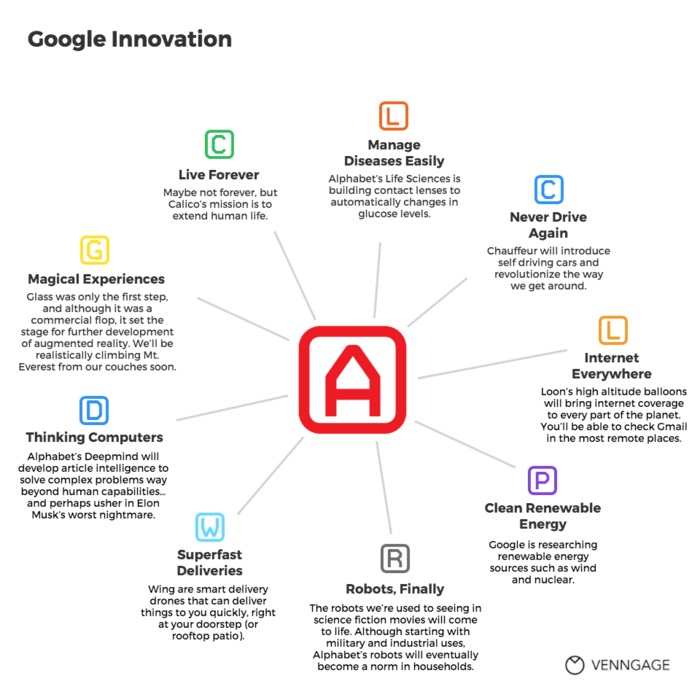
Commercial companies trying to grow their customer base or expand their business often rely on content marketing.
But with content marketing forever gaining in popularity, it’s becoming harder for businesses to stand out from the crowd.
This is particularly difficult for small businesses who do not have the large budgets or manpower available to bigger companies.
Which means that small businesses need to improve their content marketing efforts if they are to boost reach and engagement, and eventually nurture loyal customers.
In this article, we will share eight B2C content marketing tips that small businesses can follow to improve their marketing strategy and gain customers:
- Get Visual
- Create a Blog
- Run Social Media Contests
- User-Generated Content
- Make it Personal
- Customer Loyalty
- Influencer Marketing
- Video Marketing
1. Get Visual
There is a powerful way to make your content stand out from the constant flow of information in digital media – by adding visuals.
Visual content marketing is constantly gaining steam, and it’s no surprise why. For users scrolling through their social feeds, seeing a text-based post may not be enough to hold their attention long enough to read it. There is simply so much content on their feeds that another text post is much less likely to get them engaged.
However, a post accompanied by an attractive visual has a much higher chance of being noticed and clicked on.
Add illustrations, images, stock photos, or GIFs whenever possible to your articles and social media posts.
Use infographic template resources to create interactive visuals and how-to guides for your posts.
Quality visuals will compel users to engage with your content, and will increase the shareability of your content overall.

2. Create a Blog
A small business trying to create content of any kind should be writing a blog. Alongside your company website, a blog is a great brand-building tool.
A blog can host posts about your company, your products, announcements, industry news and views, as well as how-to guides, interviews, and infographics.
With a company blog, you don’t need to rely on social media as your primary content marketing avenue – blogs can be the voice of your company while being informative and adding value for customers.
Plus, if you hone your SEO practices with your blog content, it can help your site and brand rank high on Google, which will make it even easier for customers to find you.
If you haven’t already created a blog for your business, you should absolutely do so now.
3. Run Social Media Contests
Everyone loves competitions. Part of your content marketing strategy should be focused on creating contests to engage with customers.
You can also use contests to grow your email list, retarget users, and increase your social reach.
These contests don’t need to be very elaborate – sweepstakes, comment and share, tag a friend; even something simple can be incredibly engaging and successful.
In fact, the simpler the better. People don’t want to spend too much time and energy on a contest, so if you ask little of users, they will be more likely to participate.
People may also share the contest posts with their friends and family, increasing reach and awareness of your brand.
If you are looking for contest inspiration, look at this Instagram giveaway case study that generated over forty thousand emails for less than $1000.
It is possible to do these contests for free and still manage to gain a great deal of data and insight into your customers.
Remember to offer some kind of incentive that will be attractive for users without breaking the bank.
4. User-Generated Content
User-generated content is a great way to incentivize customers to participate with your brand while also diversifying the kind of content you promote on your platforms.
Create a dedicated campaign hashtag that people can use to share their content. Ensure that it is unique and has some connection to your brand.
Avoid hashtags that are too long or complicated, as it could lead to spelling errors which make tracking the hashtag that much harder.
Choose the best posts to feature on your channel – maintaining the quality of your content is critical, even if you are opening it up to users.
User-generated content can give your brand presence a massive boost, while increasing engagement among users. This creates opportunities to convert them to customers.
5. Make it Personal
Large brands are sometimes perceived as being impersonal. It is difficult for brands to make their audience feel like more than just a number.
This is an area where small businesses have the advantage. It is easier for small companies to cultivate an atmosphere of intimacy because they are that much ‘closer to the ground’.
Improve your brand reputation by engaging with users on a regular basis and tailoring your content to their specific needs.
In your email marketing, be sure to include personalized greetings, and retarget customers according to prior purchases and online behavior.
Don’t rely on sending out generic content all the time. While it has a place in content marketing, personalization is fast becoming the most important aspect of the digital sphere.
You want to show your followers and customers that you care about them, as unique individuals. The best way to do this is by providing content they most need and want. And you can do that by collecting and analyzing audience data.
6. Customer Loyalty
While gaining new customers is an important part of your strategy, you also need to focus on retaining customers who have already bought from you.
One way to do this is to create loyalty programs that incentivize customers with discounts, freebies, and exclusive offers.
These programs will encourage customers to engage with your brand repeatedly and strengthen brand perception, so you receive the benefits of positive reviews and recommendations.
7. Influencer Marketing
Influencers are still making a huge impact on the content marketing world, and if you want to improve your reach as a small business, you should be looking to partner with them.
The reason why influencers continue to be so popular is that they can massively grow a brand’s reach on social media, and help build your brand reputation.
Examine the top influencers in your field and industry, and reach out to a few for potential partnerships.
Remember that an influencer will expect some compensation – they are giving their time and energy to promote your brand and they shouldn’t have to do it for free.
Negotiate a compensation rate that will benefit both you and the influencer and then strategize an influencer campaign.
This could include sponsored posts, social media takeovers, regular blog posts or vlogs. Plan out a content calendar so you can share your influencer posts at optimum times.
An influencer can help your brand grow its market presence but it does require careful planning to execute successfully.
8. Video Marketing
Videos are the future of content marketing and though it can be a tough ask of small businesses to create video content, it needs to be part of the agenda.
There are numerous ways to capitalize on video marketing. Social media platforms like Instagram and Snapchat Stories give brands a place to share authentic, unedited videos, which makes brands appear more personal.
Vlogs are also massively popular, but they tend to require more high-quality content than social media.
However, video content like interviews and behind-the-scenes snapshots don’t need to be high quality, while still being engaging.
Small businesses can leverage the less budget-intensive aspects of video marketing to boost their impressions. (visit our guide to video advertising)
Summing Up
B2C content marketing is an exciting, yet challenging field. When done right, it can increase conversions, boost engagement, and create loyal customers. Here’s a quick recap of what we’ve learned:
- Small businesses need to leverage visuals to make their content more engaging.
- Having a blog is a necessity. It will help you gain traction on Google and make it easier for customers to find you.
- People love interactive engagement, and small businesses should include contests and user-generated content campaigns as part of their strategy.
- But always make sure to keep messaging personal as this will help boost customer loyalty, as will loyalty programs.
- Tap into relevant influencers and opt for video marketing methods to improve your reach.
With these tips, you should be on your way to creating a content marketing strategy that will bring positive results.